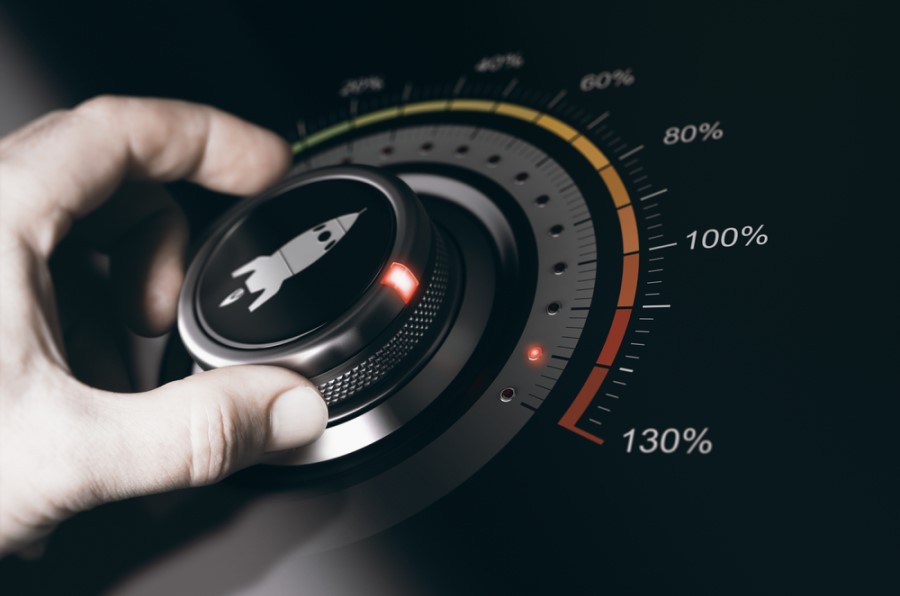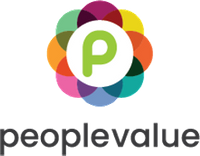Five ways to maximise your reward and recognition strategy so it supports positive social wellbeing

Thanks to technology, we’re in the age of connectivity. It’s never been easier to access information, consume content and communicate. But, in the business world, the rise of flexible working, inter-generational workforces and the gig economy has made it harder for employees to build meaningful connections with their colleagues and maintain positive social wellbeing.
It’s now, arguably more than ever, important for employers to establish and uphold an interactive, inclusive culture that encourages employees to communicate, collaborate and forge positive relationships at work. But how do you do it?
It’s all about breaking down barriers and creating opportunities for communication, which is why your reward and recognition strategy is a good place to start. There are a number of elements you can integrate into your scheme that will put social wellbeing at the heart of your culture.
1. Peer-to-peer recognition
Facilitating peer-to-peer recognition through your reward and recognition strategy encourages your employees to actively recognise their colleagues and interact in a positive way, thus supporting social wellbeing.
Formalising this with a peer-to-peer recognition tool takes this one step further, making it easier for your employees to send a “thank you” or “well done” message whenever a colleague helps them out or does something that deserves kudos. While it’s easy to send a quick thank you email, having a peer-to-peer recognition tool will prompt your employees to give kudos on a day-to-day basis.
A simple thank you message from a colleague can go a long way. Not only can it mean a lot to an individual employee and be a confidence boost, it can also break down communication barriers, strengthen inter-departmental bonds and help employees build connections throughout the business.
2. Group incentives
Reward and recognition schemes are an effective way of delivering performance and behaviour-related incentives. But, why not take it one step further? Group incentives are a great way of supporting social wellbeing because they are not only all about teamwork, they reinforce your employees’ sense of purpose and belonging at work.
By giving your employees a collective goal to work towards you’ll encourage them to come together when usually they might not have come into contact at all. Because they promote teamwork, collaboration and communication, group incentives help to drive out any conflict or rivalry between employees that can often arise in a demanding work environment. Instead, employees have a reason to unite and show camaraderie which improves the social environment.
Sharing a common goal at work not only reminds employees that they’re all on the same side, it emphasises how their individual efforts have a meaningful impact on the business. Being able to see that their contributions are important will strengthen your employees’ sense of purpose and belonging, which is great for their social wellbeing.
Whether group incentives are based on departments or individual teams, designed to drive performance or specific behaviours aligned to your values, they reinforce a sense of collective ownership and shared endeavour that promotes positive social wellbeing.
Enjoying this article?
Want to know more about social wellbeing? Why not ask your peers about their approach using rebaLINK, our networking and due diligence platform.
Read more about how to improve your reward and recognition programme.
Contact the Associated Supplier to discuss reward and recognition programmes.
3. Social technology
To put social wellbeing at the heart of your reward and recognition strategy, you need to consider the technology you’re using. There are many fun features you can take from social media to shape your reward platform into an internal network that enhances connectivity.
Having an individual identity at work is crucial in order to feel a sense of belonging and acceptance, as well as to forge meaningful relationships with colleagues. By giving your employees the ability to create their own profiles on your reward platform, they’ll be able to establish their own identity and familiarise themselves with colleagues better too. They can upload their photo, add their job title and even write a short bio about themselves so their profile has a bit more personality and individuality. Giving your employees the freedom to express themselves in this way means they can control their visibility and use their profile as a networking tool.
Social recognition is another mechanism that endorses social wellbeing because it makes all instances of peer-to-peer recognition visible business-wide. Again, just like the mainstream social media platforms, you can emulate the news feed with a ‘social wall’ function that features a real-time display of recognition from all areas of the business. Employees will be able to ‘like’, comment and share posts, view other people’s interactions and get a full view of what’s going on in the business. All of this connects your people and enhances your business’ sense of community.
4. Life events
Celebrating your employees’ life events is a great way of adding a personal touch to your reward and recognition strategy that’ll keep your employees socially engaged. Your employees will celebrate birthdays, work anniversaries, moving to a new house, new additions to their family and many more types of life events throughout their employment with you. Acknowledging these personal events demonstrates that they’re valued as individuals and, when done publicly, is a simple way of helping them feel more connected with each other.
Inclusivity is key to successfully supporting social wellbeing. To support inclusivity, it’s useful to automate this process, when possible, so that no-one misses out. For example, a remote worker’s birthday might go unnoticed by colleagues because, due to the nature of their job, they’re not physically present and therefore more likely to feel disconnected. But despite their physical isolation, it doesn’t mean that their social wellbeing has to suffer. Automating your birthday awards means that their birthday (as well as every employee’s) is recognised year on year, which reinforces their valued place in your community. By sharing birthdays publicly via your reward platform too, it’s then possible for employees to personally acknowledge them which amplifies the significance further.
5. Face-to-face reward and recognition
Technology is beneficial, but nothing beats a face-to-face “thank you” or “well done”. As well as being more impactful, the physical delivery of reward and recognition gives people the opportunity to connect.
We all tend to remember the times when we’ve had a personal gesture of thanks from someone at work. Whether it’s a simple passing “thank you” in the corridor or a heartfelt “well done” in front of colleagues, there’s something special and memorable about being recognised face-to-face at work.
To make these kinds of meaningful social interactions a reality in your business, organise award-giving events. Many businesses, get together on a monthly and yearly basis to celebrate success and highlight individual achievements. These positive moments create a sense of unity and give employees the chance to communicate.
When it comes to day-to-day life at work, face-to-face interactions can be encouraged by the way your directors and line managers deliver rewards and recognise employees across the business. Regular displays of appreciation from ‘the top’ not only sets a great example for other employees so they’re encouraged to do the same, it also minimises an ‘us and them’ divide that might exist between the senior team and the rest of the workforce.
Sharing special moments and celebrating success across your business in this way, as well as through your reward platform, will really strengthen your community. It’ll instil a culture of continuous recognition that means your employees will be consistently involved in positive social exchanges. Delivering the right tools and collaborative incentives through your strategy as well, will give your employees further opportunities to build relationships.
This article is provided by peoplevalue.
Supplied by REBA Associate Member, peoplevalue – The Employee Engagement Company
We are a leading provider of employee reward&recognition, benefits delivery&wellbeing solutions.







